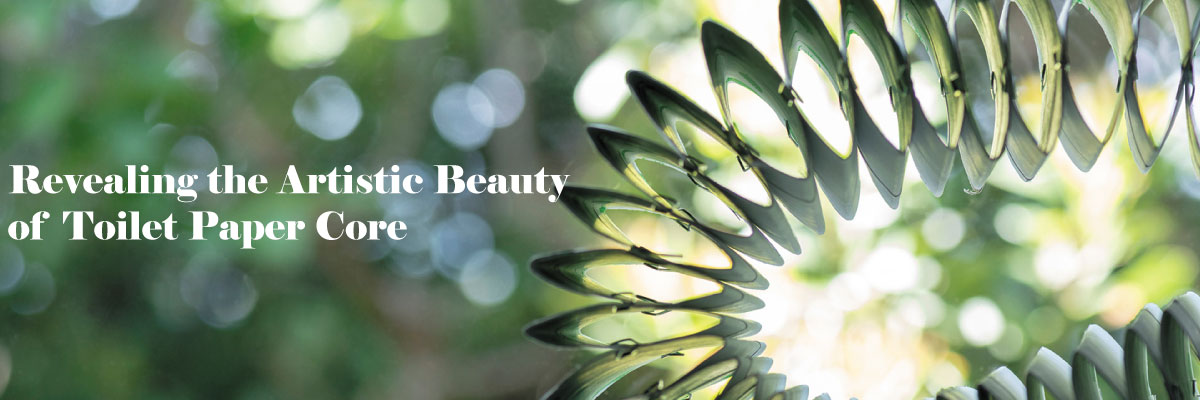
The cardboard cores for toilet paper are usually just thrown away after the paper is gone, but Yuka Yamada had a different idea. Yamada creates works of art using these cardboard cores, expressing both her ethical sensibilities and meticulous craftsmanship. Her works, which combine the simple, unadorned three-dimensional forms of toilet paper cores with beautiful shadows created by light, fascinate the viewer. We visited Yamada’s atelier in Kakegawa City, Shizuoka Prefecture, to interview her about the unique values that she conveys through her artwork, which is quite distinct from “junk art,” which is known for simply transforming unnecessary items into art.
Yuka Yamada
Creator of toilet paper core recycled art
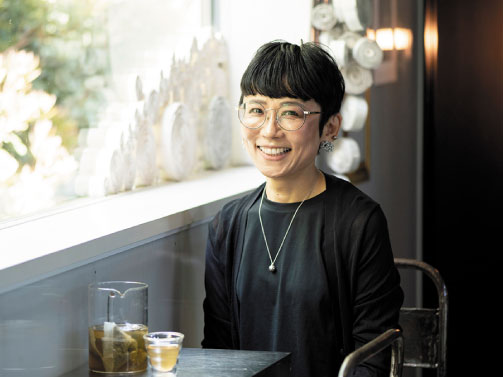
Born in Tokyo, Japan. Parallel to her work as a graphic and website designer, she began creating works of art using toilet paper cores after relocating to Kakegawa City, Shizuoka Prefecture, in 2009. In 2014, Yuka Yamada exhibited her artwork at the George Town Festival held on Penang Island,Malaysia. Since then, she has held solo exhibitions and participated in exhibition events, such as the special exhibition “Mawaru Monokoto Ten” (lit. “Exhibition of Rotating Things”) held at Shinjuku Konica Minolta Plaza in 2016, and the “Kakegawa Chaenale” held in 2017. In 2015, she opened a cafe on the second floor of her atelier called MUG TEA, where visitors can enjoy original tea blends.
https://mugtea.com/cafe-mugtea/ (MUG TEA)
Revealing the Artistic Beauty of Toilet Paper Cores
Toilet paper is indispensable for everyday life. In Japan, toilet paper comes in a cylindrical form with a roll of paper. According to data from the Japan Household Paper Manufacturers Association, a family of four uses about 16 rolls per month. Yuka Yamada creates works of art using the cardboard cores of these toilet paper rolls. Toilet paper cores are often utilized as a material for paper craft and art at childcare facilities, but the works of art created by Yamada are on an entirely different level. The geometrical patterns produced by joining numerous cores together are profound in their simplicity, and when illuminated by light, they cast shadows that change depending on the viewing angle, thus creating beautiful works of art that visitors to her exhibitions find enchanting.
At the interview, the first thing Yamada had to say was, “Toilet paper cores are actually quite profound.” The interview didn’t know what to say next, so she went on, “The inner diameter and length of toilet paper cores made in Japan are determined by Japanese Industrial Standards (JIS), so there are almost no variations in size. However, the quality and thickness of the cardboard differ depending on the product, and when it is wound in a spiral pattern, the cardboard gives the core extra strength and other functional advantages. There are also products in which the core is coated with deodorant or aromatic ingredients. Overall, toilet paper cores are imbued with various ingenuous ideas, and I think they represent a culture of which Japan should be proud.”
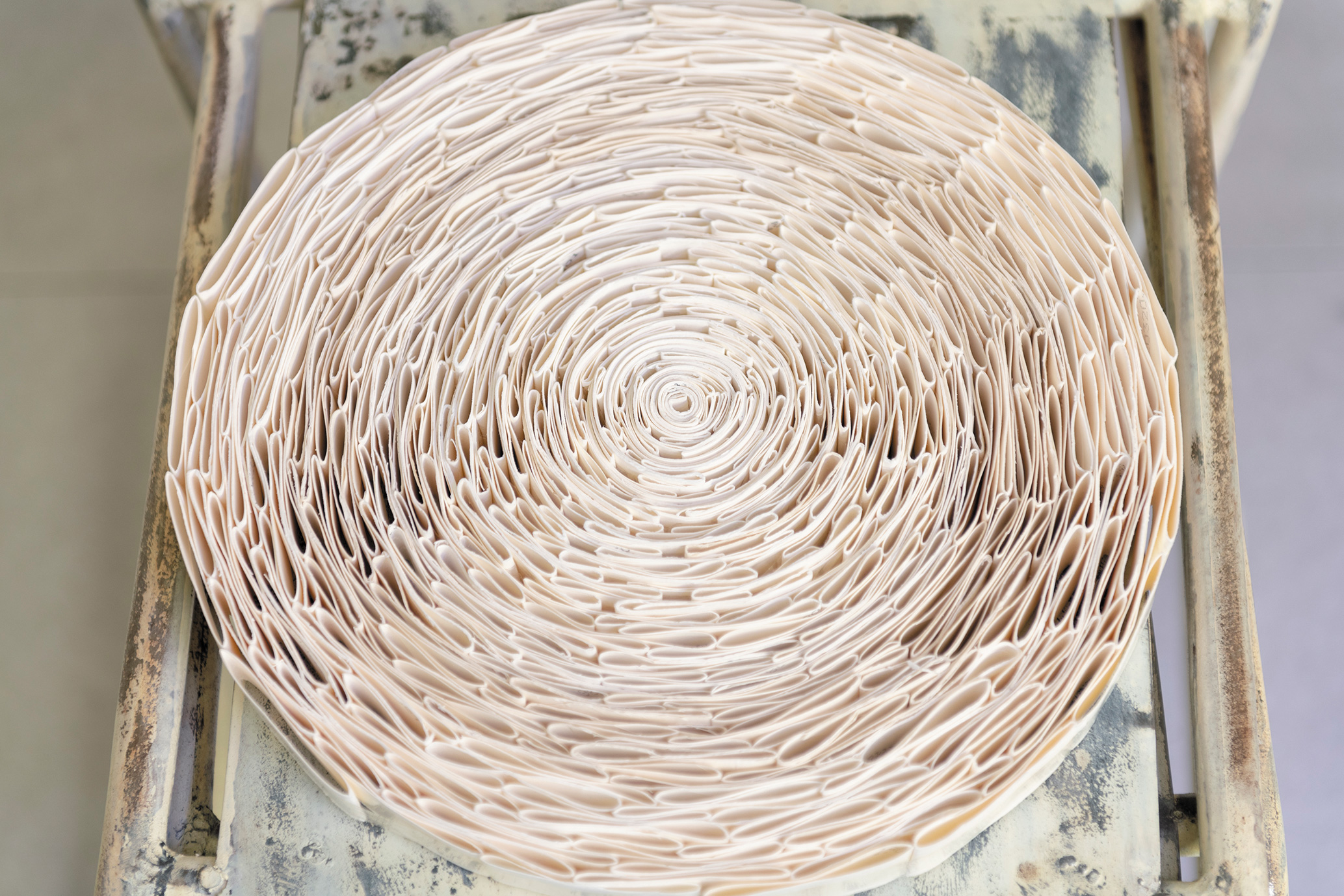
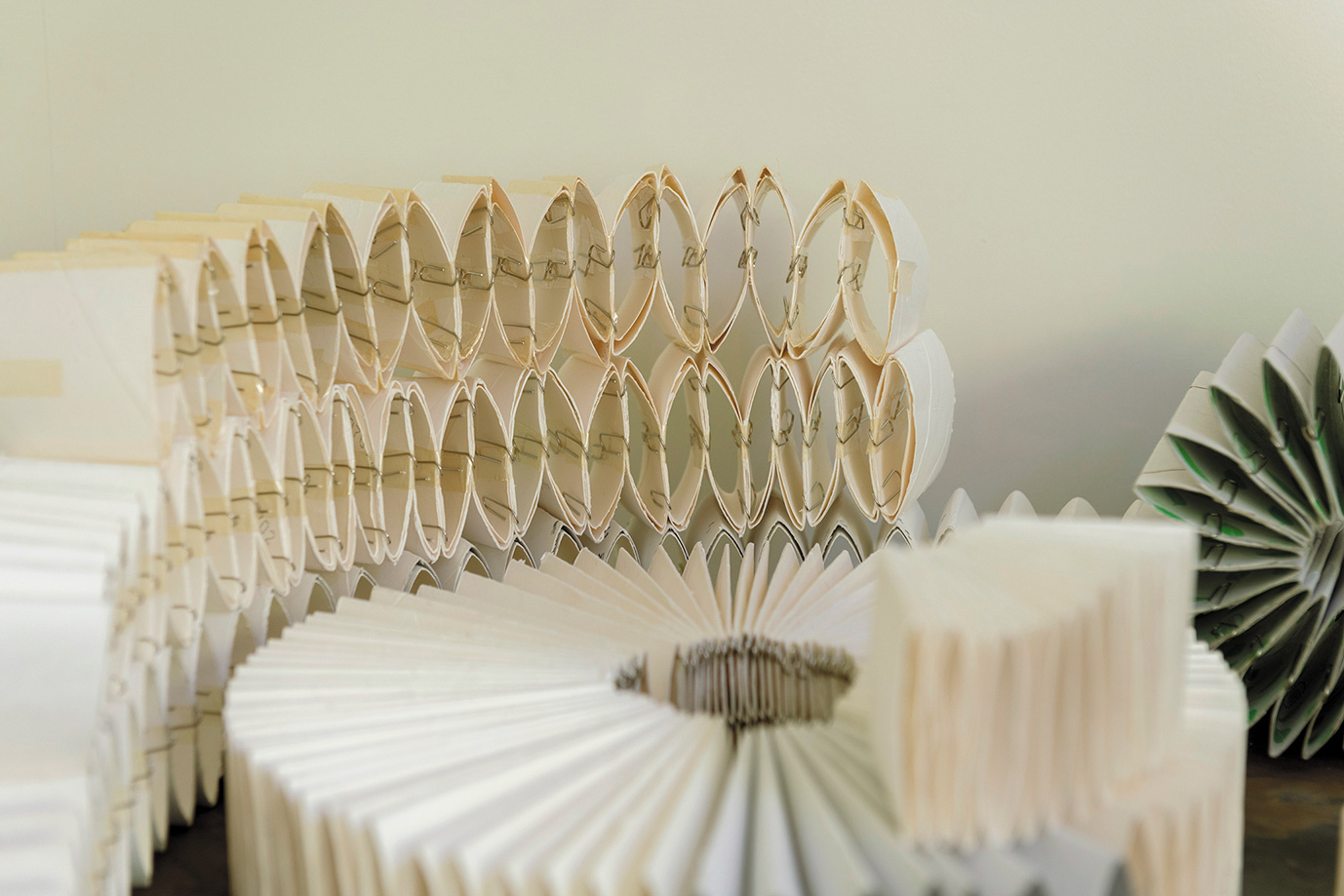
Yamada has set several self-imposed restrictions that govern her creative process.
|
The artist uses clips as connectors to hold the cores together so they can be recycled in the future. In addition, she uses adhesive tape made from natural ingredients, out of concern for the environment. These efforts are part of the clear concept she follows in her creative process. “Creating works of art by cutting and pasting on a whim will not result in anything of consequence. Precisely because we live in an age when we are inundated with things that can be obtained at a low price, I want to focus on recycling rather than wasting resources,” says Yamada.

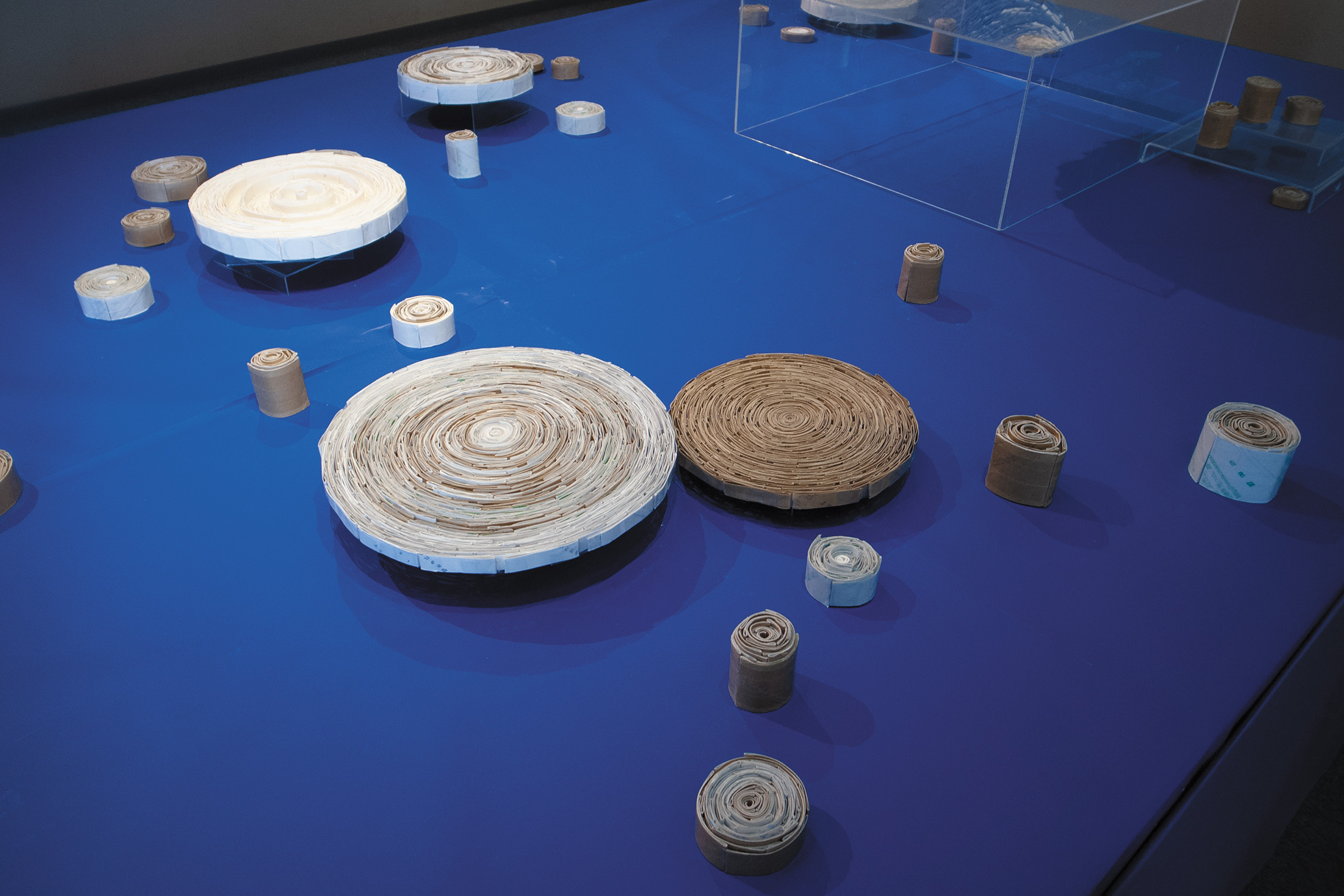
Working as a designer, she first turned her attention to toilet paper cores when a friend asked her to exhibit her artwork. “As I was looking for a material, I thought of using toilet paper cores, which are part of daily life. I then searched the Internet for information that could be useful in my creative work, but I couldn’t find anything about recycled art that used toilet paper cores. I was very excited to see the potential in something that no one had ever attempted before, to actually work on it myself and come up with solutions, and to use a familiar material to create new value no one else had conceived,” she recalls. The works she exhibited for that project were so well received that Yamada decided on the spot to hold another solo exhibition. Her work was picked up by numerous media outlets as unique and innovative eco-friendly art, and swiftly gained broad popularity.
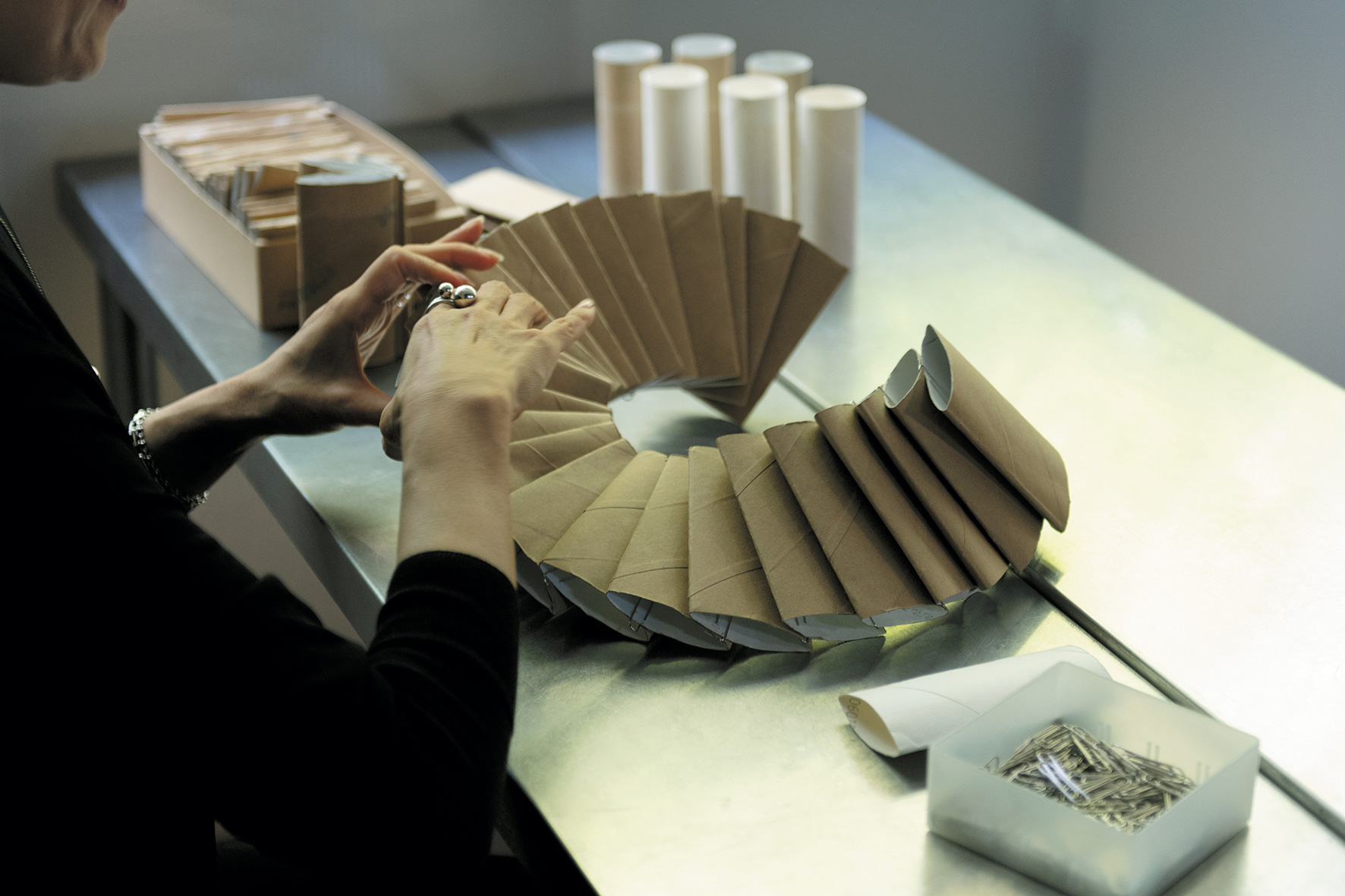
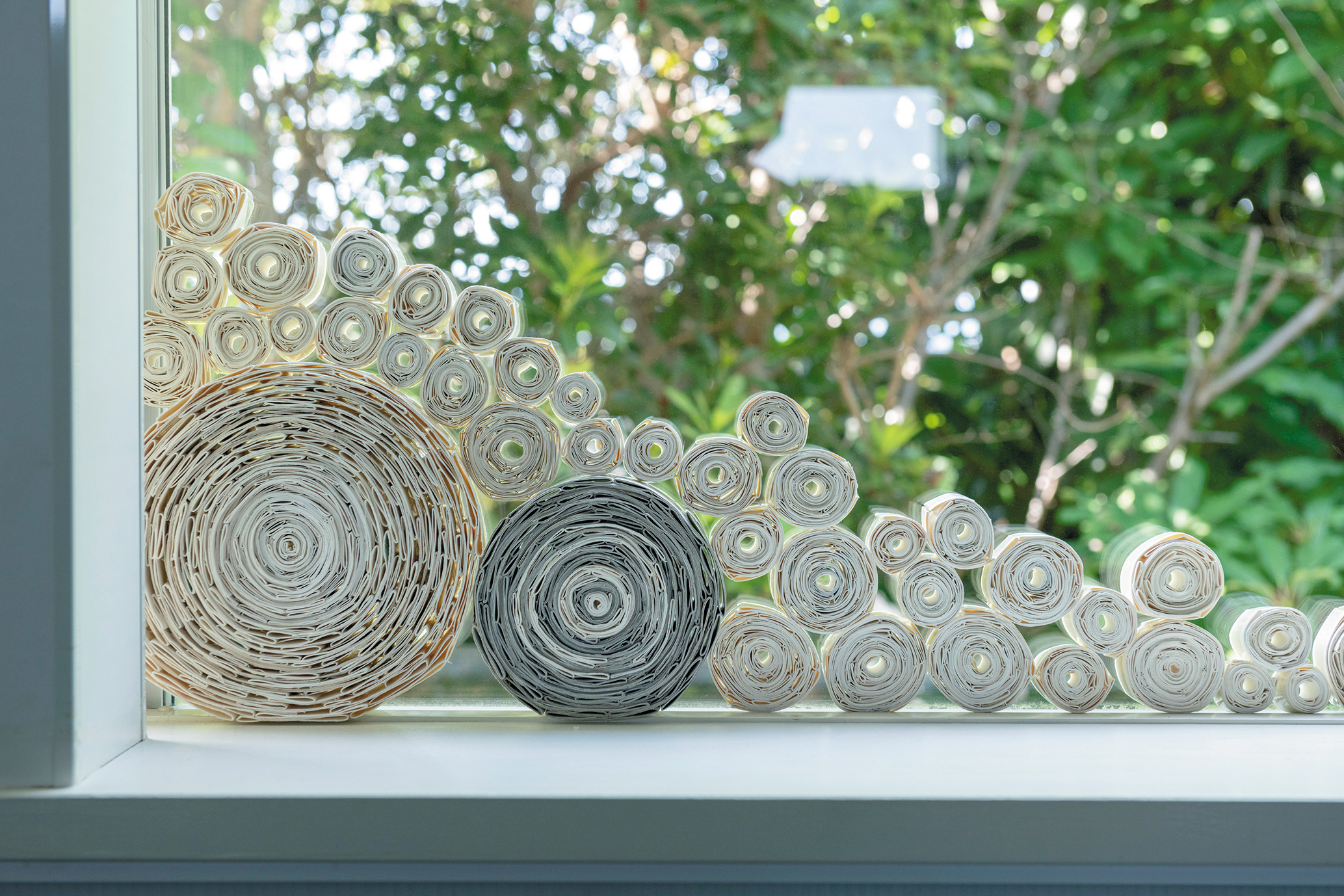
“Who doesn’t know what a toilet paper core is? Precisely because they are familiar to everyone, toilet paper cores are difficult to transform into art. And precisely because no one wants to try it and people think it is not worth the effort, this art has value. Instead of being satisfied with what is given to us, we should discover value that no one else sees, and convert it into something tangible through a process of trial and error. I think it is meaningful to choose to do what you think is necessary, rather than live life as it is given to you,” says Yamada.
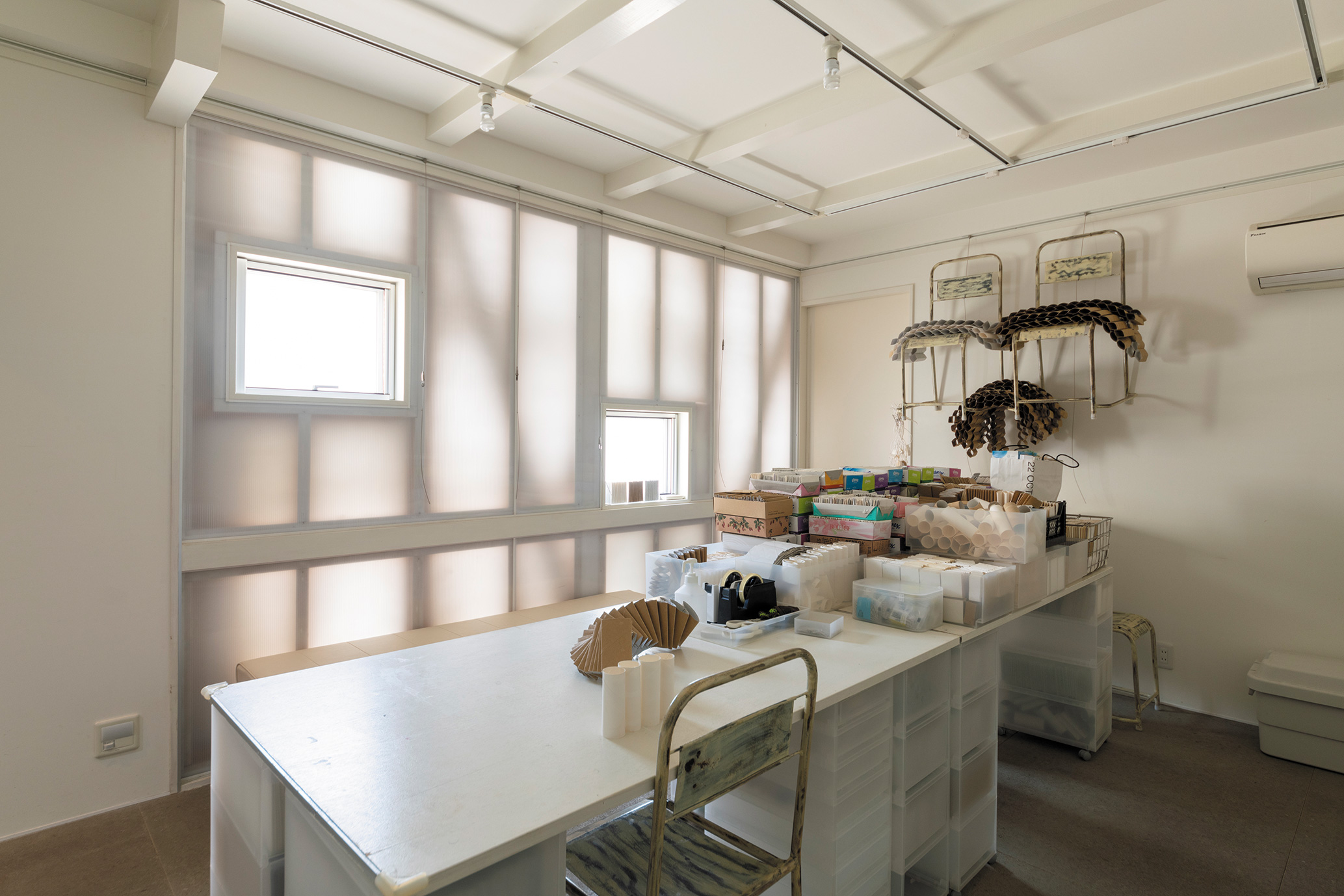
- 拡大
- Left: Yuka Yamada’s atelier, flooded with natural light.
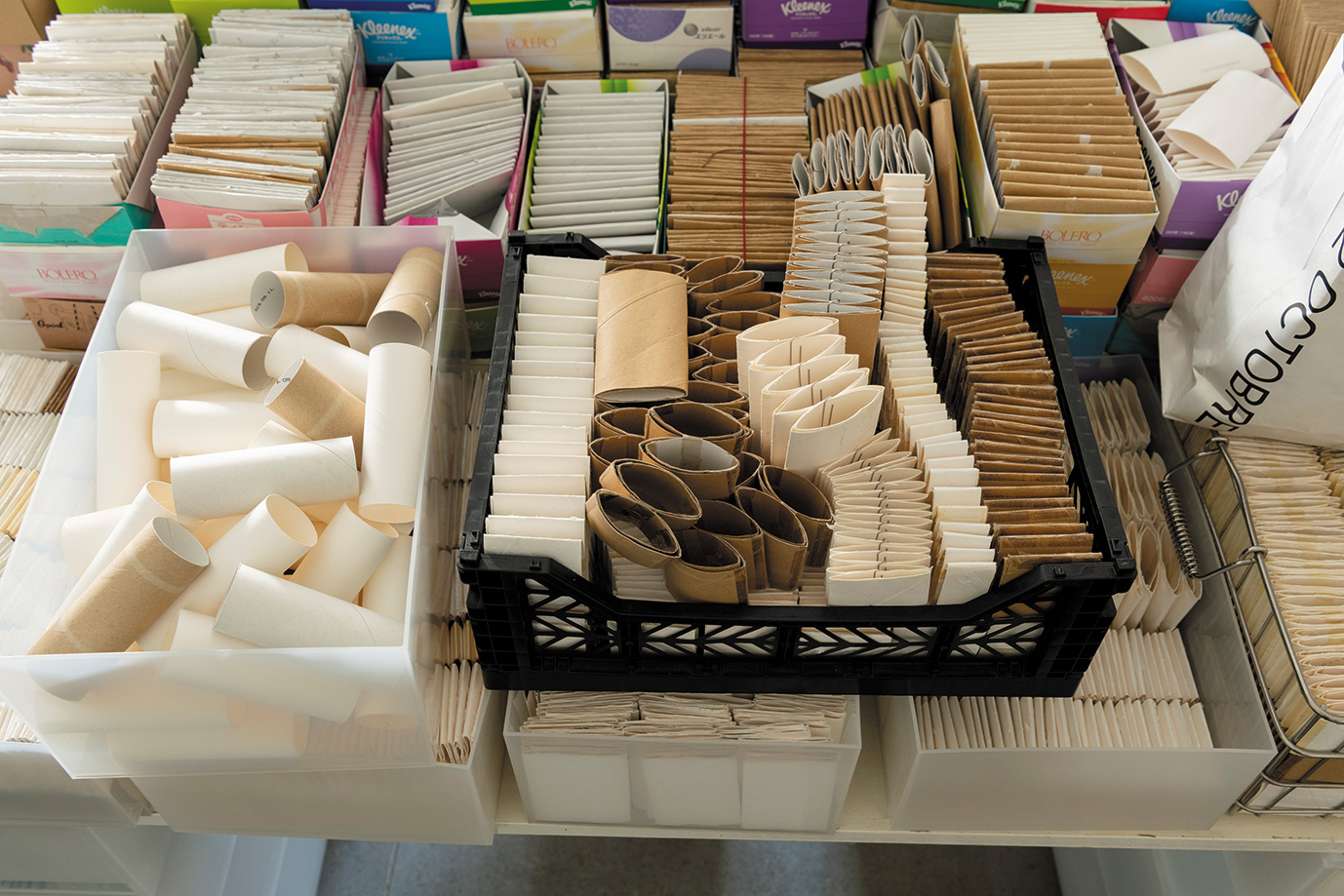
- 拡大
- Right: Some of the toilet paper cores donated by people who support her art.
Toilet paper cores are indispensable for Yamada’s artwork. In one corner of her studio, there is a pile of tissue paper boxes packed tightly with folded cores. “These were given to me by people who were emotionally affected by and empathized with my artwork. My works are participatory in nature, created together with people who endorse the concept of recycled art. Gathering materials is part of the creative process, and collaborating to build parts of the work at the exhibition venue is also artwork. I believe that the most important thing is for those who participate in these activities to share the awareness gained through their own sensibilities and incorporate it into the continuation of the project. I keep doing art because there are people who gather toilet paper cores for me. Living for someone else through art is what drives me, and if there is even one person who can feel the meaning of my work, I want to further develop art that I can share with that person.” For Yamada, art is a tool for sharing values and also an important factor in shaping her own principles and beliefs.
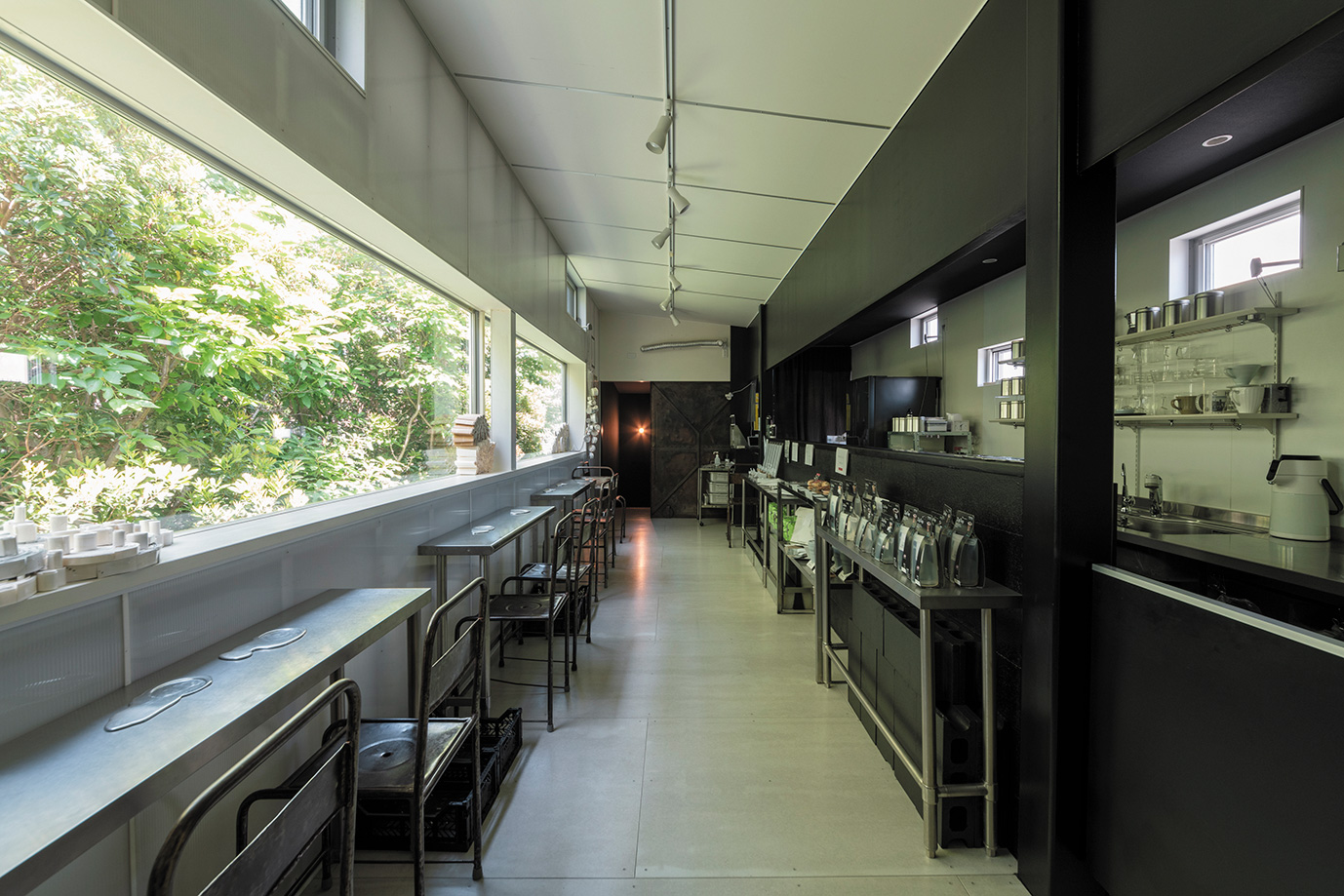
Finally, we asked the artist about her future aspirations. “There is a thriving art scene in the city of Kakegawa in Shizuoka Prefecture, where I work, so one of my aspirations is to collaborate with local museums and businesses in order to create opportunities for people in the community to freely and easily experience art. Also, due to the prolonged COVID-19 pandemic, I have had fewer opportunities to exhibit my work over the past several years. I hope to open up my own gallery in the near future so that people can actually see my works.” (The opening date is still undecided.) On the second floor of her atelier, Yamada runs a cafe called “MUG TEA,” which sells and serves her original tea blends. The cafe also features a permanent collection of beautiful works of art, which is open to visitors. Make sure to check the website and social media before visiting.
